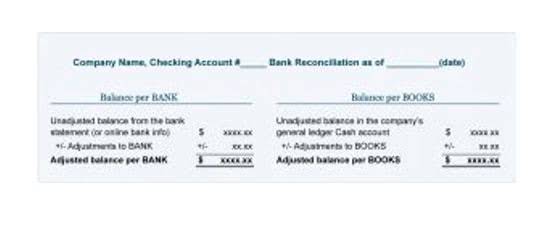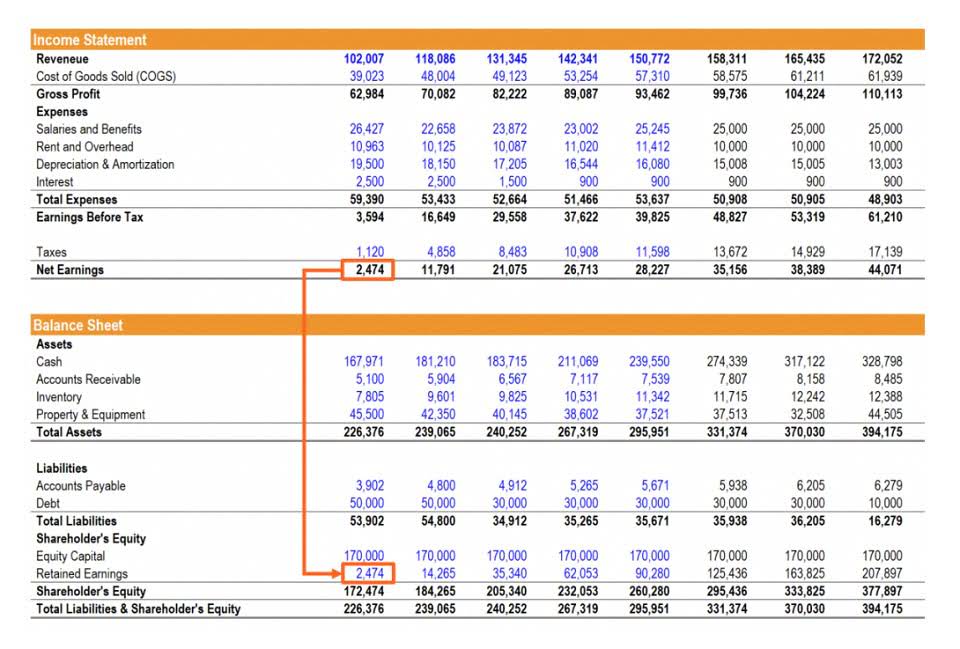
They are also able to pay on time and potentially purchase more goods. Alternatively, when the economy is down, clients may pass on orders or find it more difficult to make full payments. X Ltd. has inventory worth $1,500 at year-end; however, due to advancements in technologies, this product unearned revenue will be obsolete soon, and at this point, it can only fetch $900 in the market.

Grow Your Business With TranZact.
As we can see, NRV is used across diverse sectors for various purposes. In the retail industry, it net realizable value helps in assessing the value of unsold inventory by taking into account estimated selling prices. In manufacturing, NRV helps in determining the worth of work-in-progress inventory after considering expenses.
- This relates to the creditworthiness of the clients a business chooses to engage in business with.
- Inventory management is essential to maintain balanced information about products’ value, and overstating inventory assets can significantly affect business.
- Are you an accountant trying to assess the value of your client’s assets?
- A positive NRV implies that your inventory will generate profits for you, whereas a negative NRV shows that the value of your goods is lower than their cost.
- Net realizable value ensures accurate financial reporting and compliance with accounting standards by providing a conservative valuation of assets.
The Relationship Between NRV and Inventory Valuation
The revised carrying value of inventory as of December 31, 20X3 is $13.5 million. The total production and selling costs are the expenses required to facilitate the trade. When using NRV calculations for cost accounting, these expenses are the separable costs that can be identified or virtual accountant allocated to each good.
- Other times NRV is used by accountants to make sure an asset’s value isn’t overstated on the balance sheet.
- NRV is important to companies because it provides a true valuation of assets.
- In that situation the inventory must be reported at the lower of 1) the cost of $15,000, or 2) the NRV of $12,000.
- This means the interest or return from alternative investments during the asset’s selling time isn’t factored in.
Accounts Receivable

According to the notion of lesser cost or net realizable value, inventory should be recorded at the lower of its cost or the price at which it can be sold. The estimated selling price of something in the regular course of business, less the completion, selling, and shipping costs, is known as the net realizable value. When doing the NRV calculations for accounts receivable, the allowance for doubtful accounts or bad debts takes the place of total selling costs. Net realizable value is the value of an asset which is how much cost will receive on sale minus the selling cost. It maintains the correct value for the product and helps accountants from overstating assets’ value.
The Role of Aggregate Planning in Supply Chain Management: Key Strategies and Best Practices
It has played a significant role in shaping modern accounting practices and providing transparency in financial reporting. By subtracting the estimated costs from the selling price and factoring in other adjustments, the NRV provides a more accurate picture of the asset or liability’s value. Further, writing down inventory prevents a business from carrying forward any losses for recognition in a future period.


They could include discounts to customers, returns/refunds, allowances for damaged/unsellable goods, and any other expenses related to selling the product. By subtracting these amounts from gross sales, businesses can find a more exact estimate of their revenue. This helps businesses determine the net amount they can expect to receive from selling an asset after accounting for any additional costs involved in the sale.
